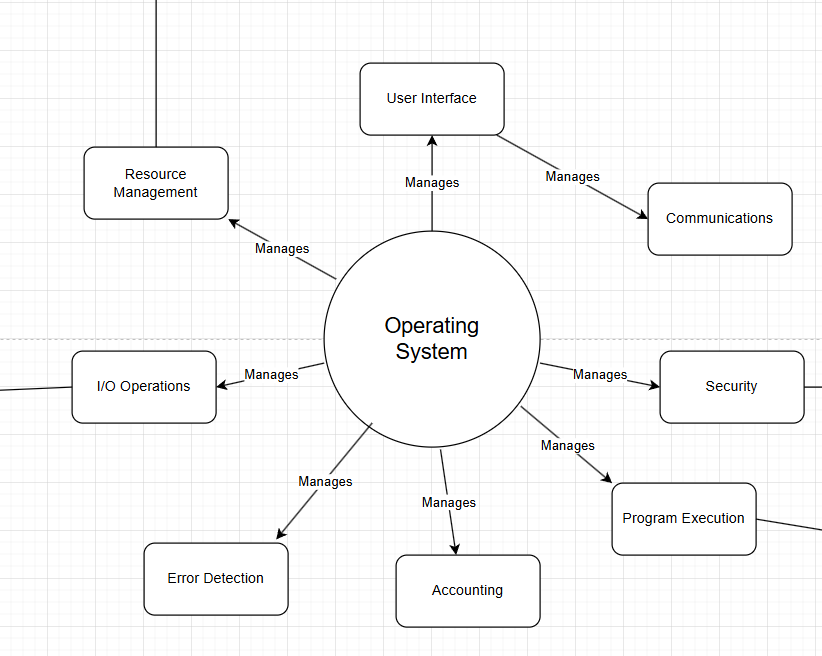Using Scratch was a new experience. I have not spent much time doing any sort of programming, so Scratch was completely foreign to me. Luckily it is not hard to learn, but it would take a lot of time to master. It was satisfying when it worked, but it was often frustrating at times. Some difficulty I encountered was getting my sprites to do what I wanted. I had a hard time trying to get bananas to move back and forth if that says anything. I overcame these difficulties through trial and error. I had to play around with each setting and watch the tutorials to be able to understand which blocks would give me what I wanted. Through this exercise, I have learned just how much work is going into all the programs I use. If it takes this much time to make some cats chase each other in a simple programming language, I can not imagine how long it would take to do something more complex. Comparing Scratch to Python is like comparing elementary and high school-level works. It has the same elements but is infinitely more complex.
There are many
similarities between programming languages, but for every similarity, there are
just as many differences. The differences range from complexity to function.
Each language has its benefits and weaknesses. I have not used many languages,
but the easiest by far is Scratch. In some scenarios where you need something
specific, C might be a better language because it is fast and good at singular
tasks. But if you want to do versatile things, python is more effective. Python
is compiled, so it is slower, while C is precompiled. Java is a good stepping
stone to programming languages, which is why I think it is the most popular.
https://scratch.mit.edu/projects/854989425


No comments:
Post a Comment